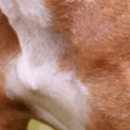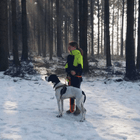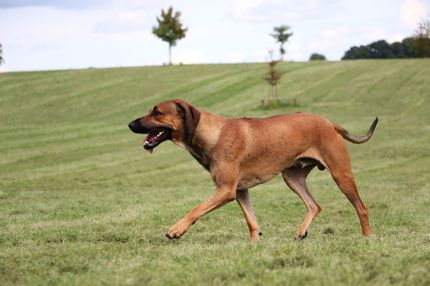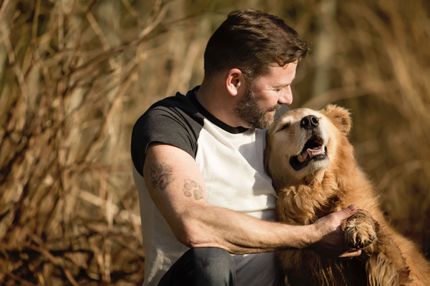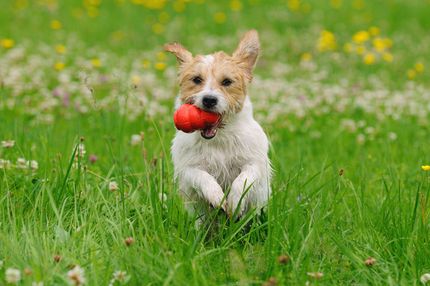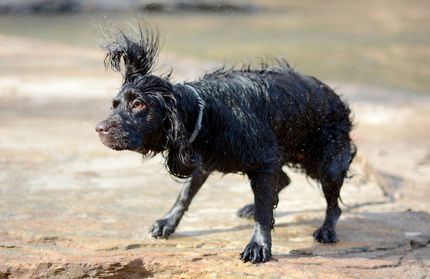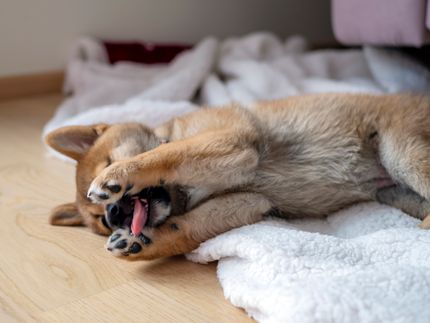Facts & Origin
The cute puggle is one of the most popular hybrid dog breeds. This is not only due to its hearty nature and delightful appearance, but also because of its rather uncomplicated attitude. If you want to buy a puggle, there are of course a few things to consider beforehand. You will find important information about this well-known designer breed in the following article.
What is the origin of the Puggle?
A puggle is created by crossing a purebred pug with a purebred beagle. The breed originally comes from Wisconsin. Its cute name is actually a composition of the words "pug" and "gle" from "beagle". It is not known when the puggle was first bred exactly, but it is suspected around the 1980s. Due to extreme overbreeding, breeders started trying to put the lovable character of a pug into a healthy body - the origin of the puggle.
Breed characteristics of puggles?
These four-legged friends are not recognised by the FCI because it is extremely difficult to describe the breed. Therefore, any breed characteristics are difficult to record since puggle puppies take on different characteristics of their parents. However, they are generally easy to keep and therefore make for an ideal family dog. If the animals have been socialised well, they will also get along well with other pets, such as cats.
What is the average lifespan of a puggle?
As long as the animal is healthy and the occasional visit to the vet is not overlooked, this little four-legged friend can reach an age of 10 to 15 years.

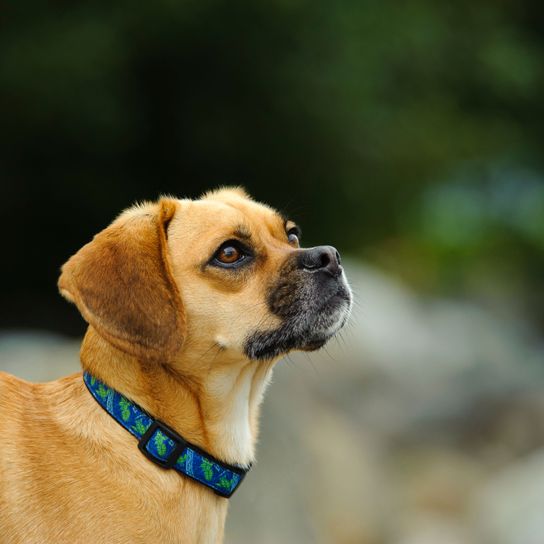
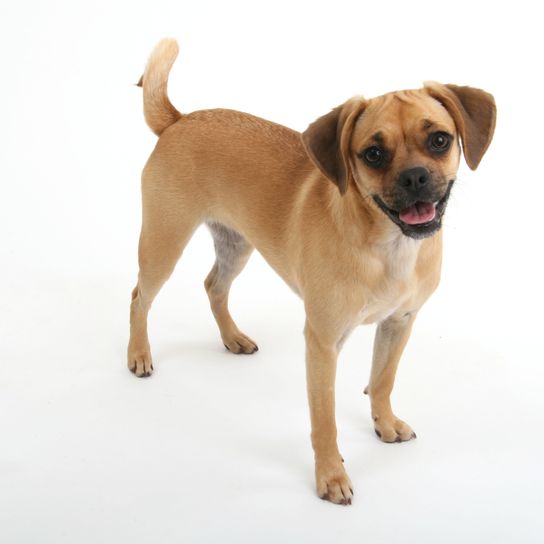

| Alternate Name | - |
| Origin | UK - China |
| Life expectancy | 12 - 15 years |
| Care requirements | low-maintenance |
| Activity level | average - low |
| FCI group | not recognised |
| AKC group | not recognised |
| KC group | not recognised |
More Beagle mixes
More Pug mixes
Attitude, character and temperament of the breed
What are the typical characteristics of a puggle?
The Puggle is not only bright and playful, but also extremely intelligent and in some cases it can even be stubborn. Depending on the breed, the hunting instinct of the Beagle can also be reflected, although this is relatively rarely the case. Besides this, the lovable accompanying instincts of a pug can prevail - a uniform description is therefore relatively difficult to describe. If you want to buy a puggle, you should always keep in mind that a lot of consistency, attention, love and patience is necessary for the puppies to grow into well-socialised animals.
Character
Usage
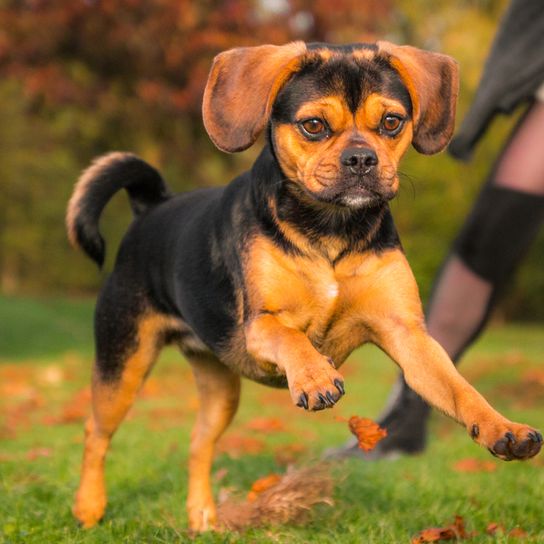

What are typical diseases?
Since puggles usually have a longer snout, it is easier for them to breathe. This largely prevents breathing problems - but the dog will still snore and sneeze backwards. Epilepsy, joint and hip problems or eye diseases can also occasionally occur, although this always depends on the breed. In some cases, the animals are also sensitive to heat.
In summary, the following diseases can occur:
- Reverse sneezing
- Snoring
- Breathing problems (if the pug percentage is larger and the muzzle is shortened)
- Epilepsy
- Joint problems
- Hip problems
- Eye diseases
What should be considered concerning puggle breeding?
When it comes to puggle breeding you should always look out for a reputable breeder. Ideally, they will provide you with the papers of both parents - these should also have been examined for possible breed-typical diseases.
Every responsible breeder should let you get to know their puggle puppies better in their home. After reaching eight weeks, the animals should also have been chipped, vaccinated and dewormed at the same time. It is always best to avoid breeders who do not give you an insight into the keeping of their puppies and who also offer them at a suspiciously low price.
Another option can be to look for a cute puggle in an animal shelter - especially if you are interested in adopting a fully grown animal.

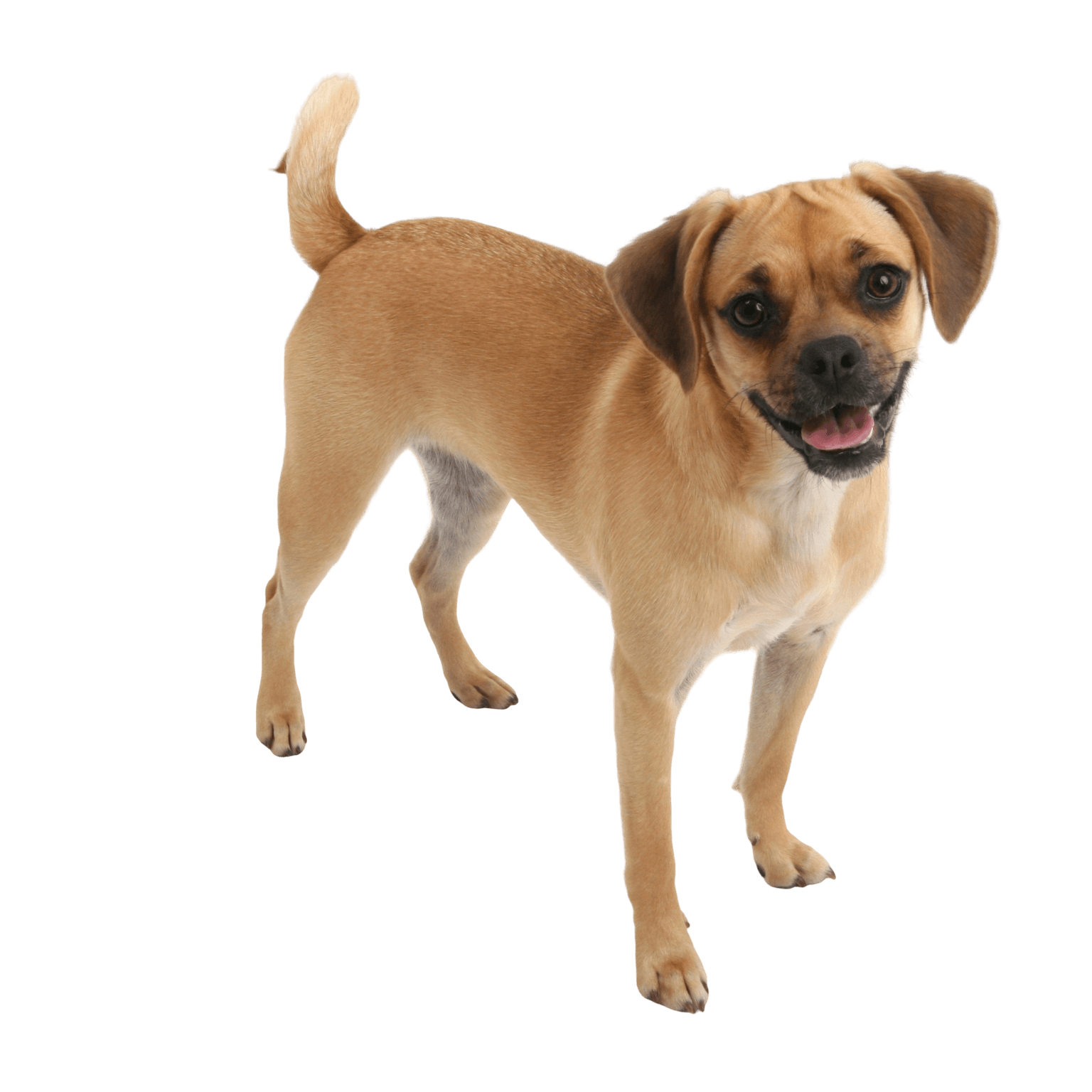
Appearance and coat of a puggle dog
The fur of a puggle is in most cases smooth, short and shiny. The colour of the animals usually ranges from different shades of brown to black, although beige and silver gray can also occur. In some cases, the animals even have two-toned fur.
Their body is relatively square and their legs long. Basically, they are somewhat similar to a pug with their stocky build and curled tail. However, their large googly eyes, long floppy ears and slightly longer snout make them stand out.
How big is a puggle?
This four-legged friend usually measures between 30 and 45 centimeters in height. However, it depends on the puggle breeding whether the animal remains as small as a pug or larger.
How much does a puggle weigh?
When fully grown, these animals can reach up to 30 kg.
| Fur length | short |
| Fur | flat coated |
| Ear shape | Floppy Ear - Tilt-ear |
| Tail | lang - stubby |
| Anatomy | massive, hefty |
| Size ♀ | 30 - 45 cm |
| Weight ♀ | 6 - 14 kg |
| Size ♂ | 30 - 45 cm |
| Weight ♂ | 6 - 14 kg |
| Suitable For | Beginner, Seniors |
Colors



Known Diseases
Overweight
Often, unfortunately, the dogs very much under excess weight. But the dogs themselves are never to blame!
FAQ
-
A Puggle is very rare and costs about 1000 Euro.
-
A Puggle puppy is a young dog in the first 16 weeks and has two different breeds as parents. One part is Beagle and one part is Pug.
-
A Puggle lives up to 15 years depending on the gene pool, diet, health and exercise.
-
A hybrid dog breed is often referred to as a design dog and is a mix of two purebred dogs. In the case of the Puggle, it is a Pug and a Beagle.















